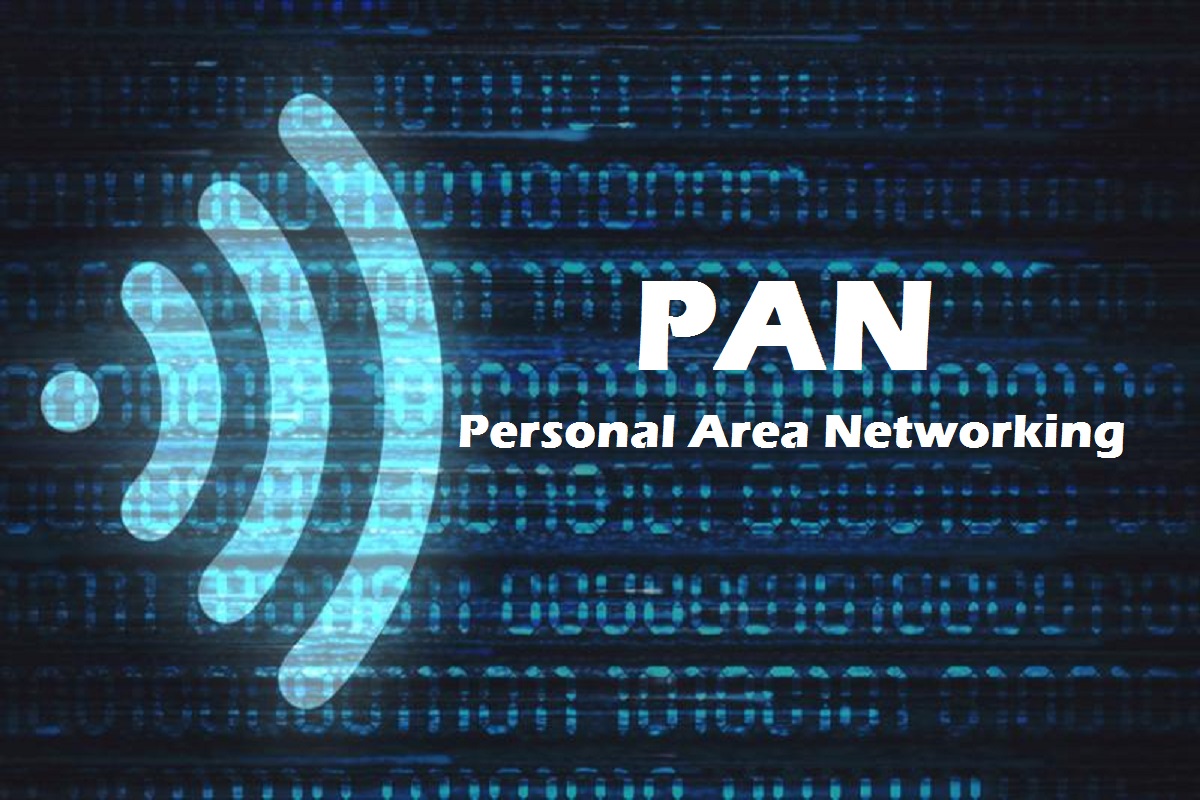Overview of Personal Area Network – PAN Definition Applications,Development,Characteristics, Advantages and Disadvantages

What is a personal area network (PAN)
A network PAN or Personal Area Network is a network protocol to establish connection between short range devices aimed at the personal use , ie designed to cover an area of individual work. This network structure seeks to give people the possibility of establishing a connection with their devices for personal use .
What is the use of PAN personal area network?
A PAN network can cover both the immediate environment of an individual, an office or a house. The first of the cases is now possible even while on the move thanks to Bluetooth and WiFi technology , allowing several devices for personal use to be synchronized .Personal area networks are a basic configuration called personal which is integrated by the devices that are located in the user’s personal and local environment, whether at home, work, car, park, shopping center, etc. This configuration allows the user to establish communication with these devices at any time quickly and efficiently.
PAN Applications
The use of these networks allows the transfer of information and distribution of tasks between computers, smartphones, tablets and other devices that act as personal assistance such as smartwatches within the workspace, helping users to improve their productivity .
PAN Characteristics
A PAN network can be established through the use of a wired distribution or wireless signal . The latter is more common today and is known as WPAN ( Wireless Personal Area Network ); In fact, in recent years some of the office devices , such as printers, can be used via Wi-Fi , although the idea on which it is based is not a novelty, since these could be part of a LAN network through wiring.
What is the range of PAN personal area network? Among the aspects that can be identified to characterize a PAN network,
- They cover a range from a few centimetres to a few meters, with an average maximum of 10 meters .
- Because they are usually composed of a few devices in a short distance, they are usually very efficient .
- It allows devices on the network to adhere to it autonomously and synchronize with each other.
- They can generally reach a bandwidth of 10Mb per second .
Wireless technology PAN Development
Unlike a LAN (acronyms in English of Local Area Network ), a network PAN, or specifically a network WPAN (Wireless PAN) s and states around the user and should not necessarily be spatially static. This is due to the development of wireless technologies over the years,Currently there are various Types of Computer Networks Overview – PAN,LAN,WAN,VPN technologies that allow its development, among them are Bluetooth wireless technology or infrared technologies . However, for their complete development, it is necessary that these networks guarantee high-level security, that they are highly adaptable to various environments , and that they are capable of providing a high range of services and applications, both applications that require high-quality multimedia as well as those that can be video conferencing , digital television or video games , such as remote control applications that require very low bandwidths supported on very small devices.
Infrared wireless technology
Infrared technology is based on the application of radiation within the infrared wavelength , radiation that is harmless and invisible to the human eye. These were very popular during the 90’s and first years of the first decade of the 2000, but later it was displaced by the Bluetooth . Although cheaper to manufacture and safer than Bluetooth, it had limitations in terms of applicability and functionality.
Bluetooth wireless technologies
Bluetooth is a technology that works with radio frequencies , this makes it more attractive than infrared because the sender and receiver of the signals do not need to be in the same line of action, but they only have to be at a distance whose technical characteristics allow the transmission of information , regardless of the location.
Wifi wireless technologies
Wi-Fi technology is now widely used in home networks , however many devices for personal use today have this technology with the ability to establish or be part of a PAN network . An example of this could be smartphones, or the most modern printers.
Overview of Personal Area Network (PAN)
Zimerman , introduced the term personal area networks to denote a communication between nearby electronic devices, using the body as a conductor of information . This body network has been conceived as a support for an intelligent environment that people carry. The motivation for the advent of such networks comes from the fact, that there is a need to exchange data not only over long distances (as it is commonly referred to in communications), but also between devices worn by a person or situations where people have a distant talkative conversation. This concept of personal communications has been developed and implemented through different technologies.
How PAN works
The personal area network (PAN) is a new member of the family of telecommunications . These could cover personal spaces where people are within the distance that can be covered by the voice. They can have a capacity in the range of 10 bps to 10Mbps. A particular interest is given to the Wireles PAN (WPAN) where communications take place entirely in a wireless medium , for example the electric field.of the human body is a conductor. Future WPANs will jointly offer self-configuring connections for available WPANs , ad-hoc networks are an example, which provide the capacity for mutual establishment or demand of wireless links with any other small or no pre-configuration.
Advantages and Disadvantages of PAN
PAN is a network for one person, between people, and between the person and the outside world. That is why the architecture of the PAN network is a transparent layer architecture for the user. Where different layers cover the different types of connectivity specifications. Connectivity is enabled by the incorporation of different functionalities of the network within different devices. However for a single PAN stand the person should be able to address the devices within the POS regardless of the network environment . For direct two-person communication (between PANs) bridging functionality should be incorporated within each PAN. For communication over an external network, the PAN should implement routing and / or gateway functionalities .
The standardization of typologies and architectures are still open publications (still developing) within PAN. A layer oriented to a salable architecture should support functionalities and protocols of the first three layers and should provide the ability to communicate with the outside world, through the connectivity of the highest layer. Half of the fabric should be able to handle the system based on network access , discovered resources, support for scalability, reconfiguration, and providing QoS. It should also support download applications. From the user’s point of view, PAN should offer aPlug and play connectivity .
Also Read: What is technology and its Types, Features, Importance




